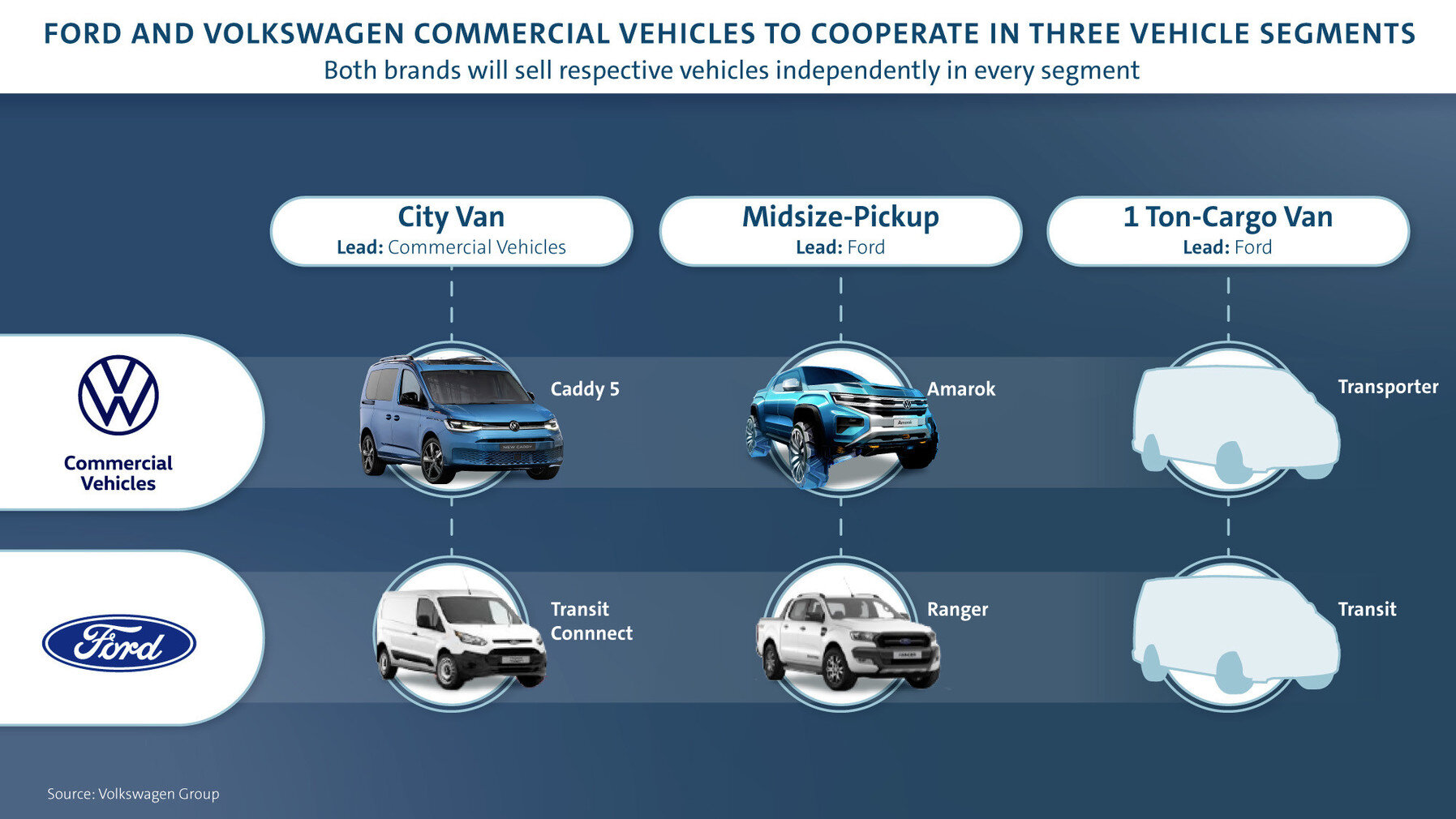Cannon ready to fire at big guns?
/China’s high calibre ute seems close to releasing in New Zealand, the launch tying to a maker rebrand.
GWM’s latest shot … the Black Bullet edition of the Cannon/Ute was revealed at the Beijing motor show several days ago.
SO it’s the Cannon though the family might be simply called ‘Ute’, the maker has shortened its name from Great Wall Motors to simply GWM …. and expectation is that it will fire into New Zealand by the end of the year, in three double cab derivatives.
That’s the latest about the long-awaited big one-tonne wellside that was first shown to media, including this writer, at the international Shanghai motor show in April in 2019.
Back then it was designated a concept, yet appeared 100 percent production-ready, and it’s now at that state.
The showroom fit versions look basically identically to the design study and have already spawned a special edition, called the Black Bullet, that was a star of last week’s Beijing motor show.
A replacement for the Great Wall Steed line that has been offered in New Zealand for some years, the Cannon/Ute is nonetheless a wholly fresh start, with no significant carry-over components.
The Ute unveiled in this Adventure specification last year. The kit-out was comprehensive and impressive.
Its promise is such that Great Wall Motors has also decided to rename as well; so, from end of year, it’ll be GWM, selling via the sales network established for Haval, GWM’s parent.
Haval has contributed the ute’s basic underpinning – it’s shared with the H9 H9 sports utility that came on sale in New Zealand in 2018.
Impression from considering the models at Shanghai – which ran from a hard-out off-road flagship (tagged Adventure on the stand) to a more streetwise ‘Urban Spec’ cruiser edition, both with a 120kW 2.0-litre turbodiesel and in four-wheel-drive, and something new to the sector, a full-out electric edition, in rear-drive – suggests Cannon/Ute has the size, drivetrains and equipment provision to be considered much more of a threat within the sector than its predecessor.
Reports overnight from Australia suggest GWM, which runs out of Australia but with Auckland-sited representation consisting of just two employees with former Sime Darby and Jeep senior exec Todd Groves in charge, is good to go.
Pricing for Australia and NZ is understood to have been settled and the prospect is that both countries will share common specifications, spanning three distinct trim levels.
First examples are seemingly set to arrive in December, though launch proper might be delayed until January.
The Black Bullet appears to keep many of the features seen on the Adventure.
China has been coy about releasing too much detail about the powerplant, though reports say a torque figure of around 400Nm seems likely. The transmission choice is as indicated at Shanghai; so a six-speed manual and eight-speed automatic transmission. Steed was manual-only.
A teaser site for the new ute operating in Australia suggests a 9.0-inch infotainment system with Apple CarPlay and Android Auto capabilities will be standard.
Lane-keep assist, front and rear parking sensors and an extendable ladder to access the tray will be available for some variants.
Best in class leg room is also promised. The Adventure concept was impressively spacious in the rear and the bench seat was comfortable for a ute, largely though the seat back being set at an angle, rather than placed fully upright as it common it utes.
Suspension is independent up front, with a leaf-sprung axle at the rear, typical of the dual-cab segment.
Bosch all-terrain technology for the 4x4 system is promised. A year ago GWM promised their production edition would deliver a seven setting All-Terrain Control System, three diff locks and a feature you generally have to purchase from an after-market specialist: A built-in winch.
Groves has been approached for comment.
the ‘Urban Spec’ edition was also shown at Shanghai.































